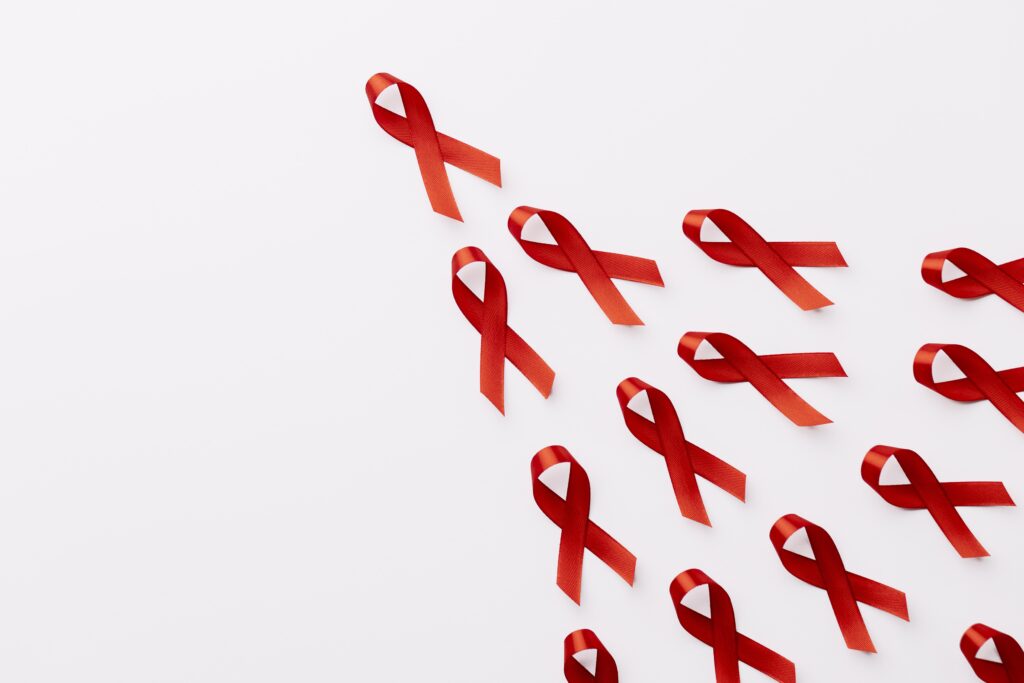PREP AND PEP
Welcome to our comprehensive guide to PrEP and PEP, two important strategies in HIV prevention. Whether you’re at risk of HIV exposure or have experienced a potential exposure, knowing about PrEP and PEP can empower you to take control of your health and reduce your risk of HIV infection.
What IS PREP &PEP
Pre-Exposure Prophylaxis (PrEP) is a daily medication regimen taken by HIV-negative individuals to significantly reduce their risk of contracting HIV. Key points to include:
- How PrEP works: Explain that PrEP contains two antiretroviral drugs (tenofovir and emtricitabine) that work to prevent HIV from establishing itself in the body if exposed.
- Effectiveness: Highlight research showing that PrEP is highly effective when taken consistently and correctly, reducing the risk of HIV infection by over 90%.
- Eligibility: Describe who may benefit from PrEP, including individuals at high risk of HIV transmission, such as men who have sex with men, transgender individuals, people who inject drugs, and serodiscordant couples.
- Access and prescription: Provide information on how to access PrEP, including seeking guidance from healthcare providers, obtaining prescriptions, and accessing financial assistance programs.
Post-Exposure Prophylaxis (PEP) is a short-term course of antiretroviral medications taken by HIV-negative individuals after a potential exposure to HIV to prevent infection. Key points to include:
- When to use PEP: Explain situations where PEP may be warranted, such as condom breakage or failure during sex with a partner of unknown HIV status or known to be HIV-positive, sexual assault, and needlestick injuries among healthcare workers.
- Timing and effectiveness: Stress the importance of initiating PEP as soon as possible, ideally within 72 hours (3 days), and its effectiveness in preventing HIV infection when started promptly.
- Course and follow-up: Describe the typical 28-day course of PEP and the importance of adhering to the prescribed regimen. Emphasize the need for HIV testing before starting PEP and at follow-up visits after completing the course.
- Access and availability: Provide information on how to access PEP, including seeking immediate medical care from a healthcare provider or emergency room.
Provide links to additional resources and support services, including:
- National HIV/AIDS hotlines and websites.
- HIV testing and treatment centers.
- LGBTQ+ community organizations.
- Financial assistance programs for PrEP and PEP.

PREP & PEP
Encourage individuals to take the next steps towards protecting themselves from HIV:
- Schedule an appointment with a healthcare provider to discuss PrEP or PEP.
- Get tested for HIV to know your current status.
- Educate yourself about safer sex practices and other HIV prevention strategies.
Conclusion
By learning about PrEP and PEP, you’re taking proactive steps to safeguard your health and well-being. Remember, you’re not alone—there are resources and support available to help you navigate your HIV prevention journey. Take control, stay informed, and prioritize your health.

